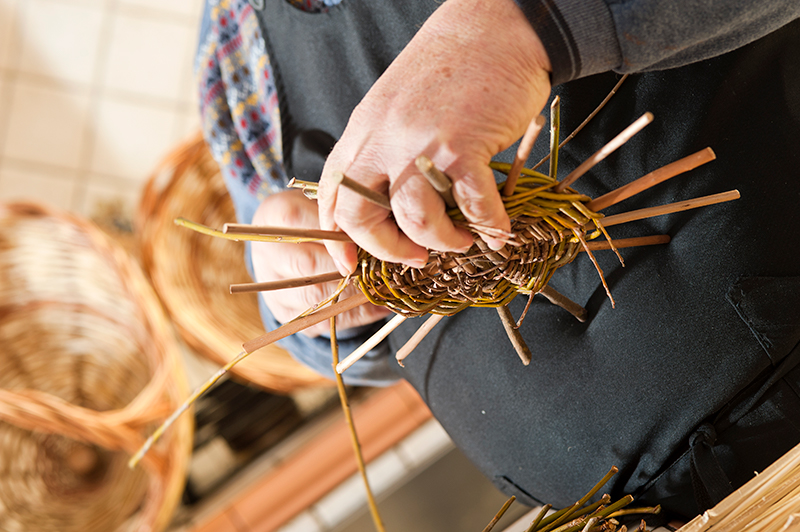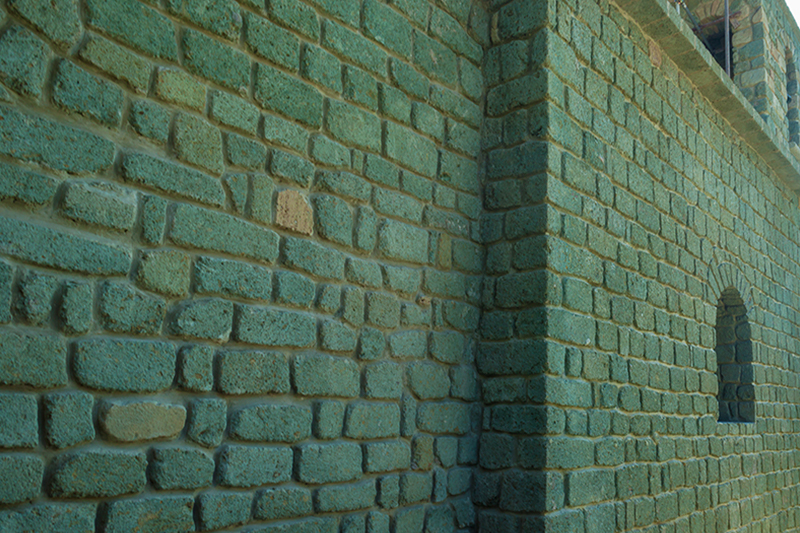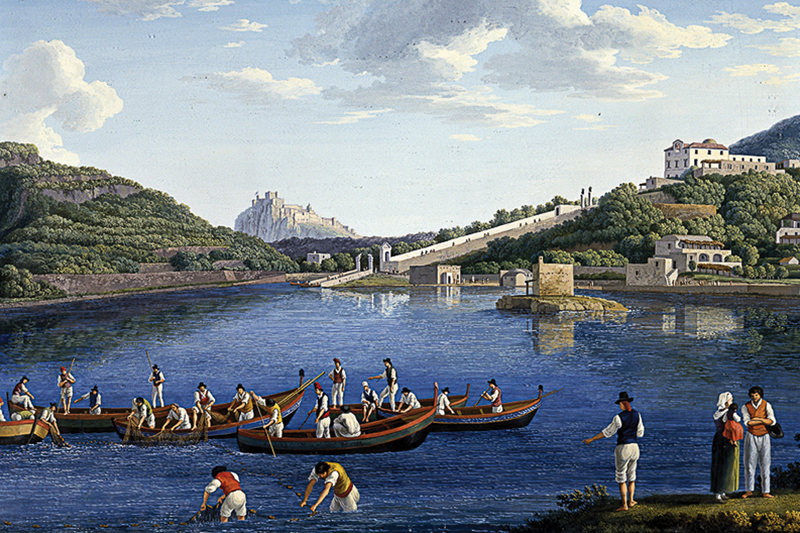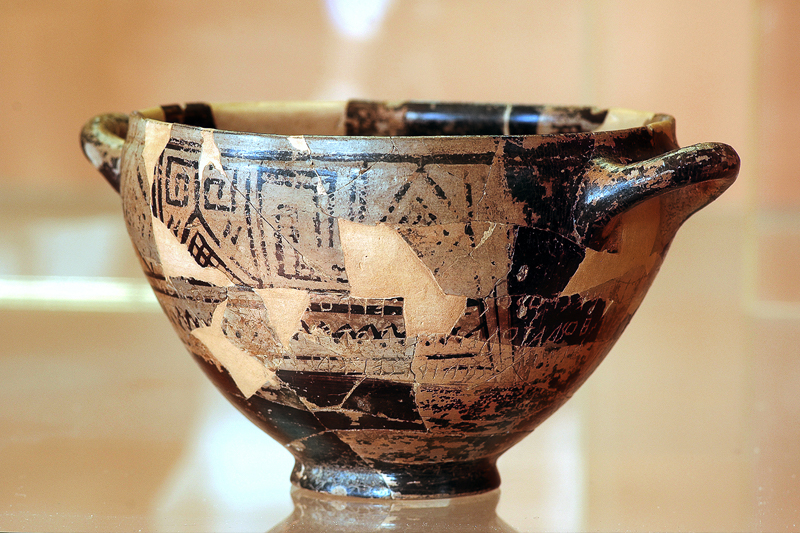
It’s now out of the dark of the centuries and bookshelves. Available for scholars in the hall opening next to the plaster bust of monsignor Onofrio Buonocore, founder of the Biblioteca Antoniana, from whose windows one can admire Castello Aragonese and feel the saltiness from the nearby sea penetrating the walls. A paper strongly yellowed over time, with wide spots of humidity, indicating with its antiquity its true valor.

Il suo vero nome non lo sapremo mai. Ma quattro lettere in alfabeto calcidese, scritto da destra verso sinistra, sono state sufficienti a risparmiargli l’anonimato comune alla maggioranza dei suoi colleghi. C’è l’ha fatta, Inos, a sconfiggere l’oblio.

To buy a souvenir, we go without fail. The ability of Ischia potters dates back to ancient times, and this capacity of the local terracotta crafstmen and masters to work clay with great passion and creativity has remained a bit magical: they are the perfect heirs of a glorious past, made of commercial exchanges, of international caliber, which remember the Greek civilization.

Sebbene cresca ovunque particolarmente rigogliosa, grazie alla fertilità del suolo vulcanico, non è dalla vegetazione che in gran parte la ricopre che Ischia ha preso il nome di Isola Verde.

Until 1854, the port of Ischia was a lake of volcanic origin, which only a narrow strop of sand separated from the sea. Inside, there was an inhabited islet. Which in 140 A.D was the subject of a letter sent by the young Marcus Aurelius, future emperor, to his rhetoric teacher, Fronto.

The Latin alphabet, which still uses a large part of the world's population today, has its origin in the Greek alphabet used on the island of Euboea. From there, around 790/780 BC. the settlers arrived on the island of Ischia, which they called Pithekoussai.
The imagination of the contemporary traveler gets lost in the alleys, after crossing Piazza del Plebiscito, touching the Royal Palace, the San Carlo Theater, and Via Toledo, aiming here and there at the surprising green patches of Capodimonte, the vegetable gardens and the Posillipine parks and the coastal cliffs of yellow tuff.